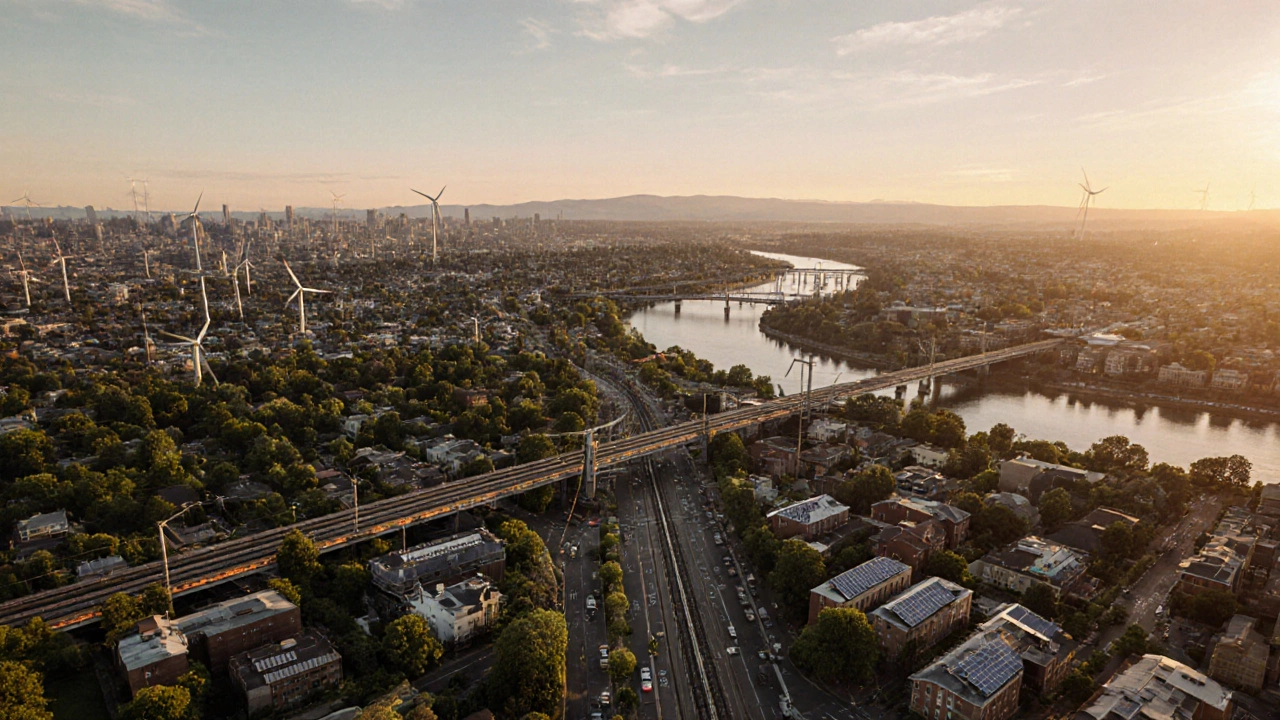Green City Ranking: How Cities Measure Up on Sustainability
When you hear Green City Ranking, a system that scores urban areas on energy use, waste management, public transport, and green spaces. It’s also called sustainability city index. This ranking helps planners, tourists, and residents see which cities are truly cutting emissions and which need more work. In short, green city ranking evaluates a city’s environmental performance, compares it to peers, and points out improvement areas.
Why Eco‑Friendly Houses Matter
One key driver behind a high score is the prevalence of Eco‑Friendly House, homes built to passive‑house standards, earthship designs, or tiny‑house concepts that use minimal energy and water. Cities with many such houses lower overall carbon footprints because these dwellings consume far less heating and cooling energy. This in turn boosts the city’s ranking on metrics like per‑capita energy use. When you choose a holiday cottage that follows eco‑friendly principles, you’re directly supporting the city’s push toward a greener score.
Another pillar is Green Building, construction practices that incorporate renewable materials, solar panels, and efficient insulation. Green buildings cut utility bills, reduce waste, and often earn certifications such as BREEAM or LEED. The more certified projects a city hosts, the better its performance on the green building sub‑score, which feeds into the overall ranking. This relationship shows how policy, innovation, and market demand intertwine to lift a city’s sustainability profile.
Beyond individual structures, broader regional trends appear in the Green State Ranking, a data‑driven list that ranks US states by renewable energy adoption, emissions per capita, and conservation efforts. While the green city ranking focuses on municipalities, the state ranking offers context: cities in top‑ranked states often benefit from supportive legislation and funding, making it easier for them to achieve high scores. Seeing both rankings side by side lets you spot hotspots of sustainability across the country.
All these pieces—eco‑friendly houses, green building standards, and state‑wide policies—combine to form a complex picture of urban sustainability. Below you’ll find articles that break down the latest house‑type trends, cost‑breakdowns for green construction, and the 2025 greenest‑state data. Each piece adds a layer of insight, helping you understand why some cities soar in the ranking while others lag behind. Dive in to see how the numbers translate into real‑world choices for travelers, investors, and everyday residents.
Which U.S. City Leads in Eco-Friendliness?
Discover which American city tops the eco‑friendly ranking, why Portland, Oregon leads, and how to experience sustainable travel across the U.S.
- Oct, 24 2025
- 0 Comments
